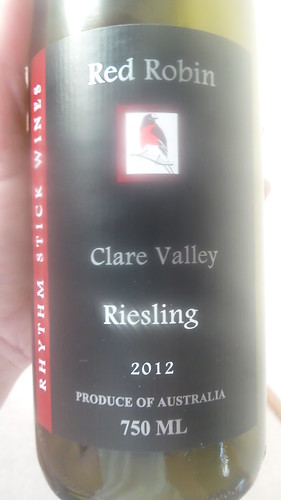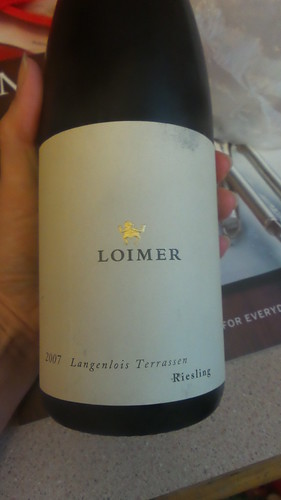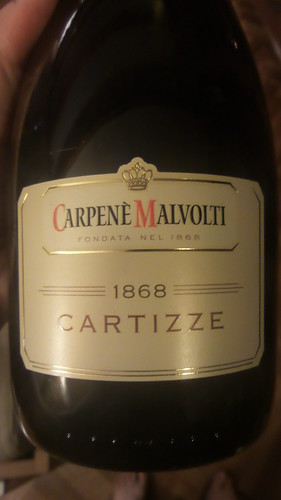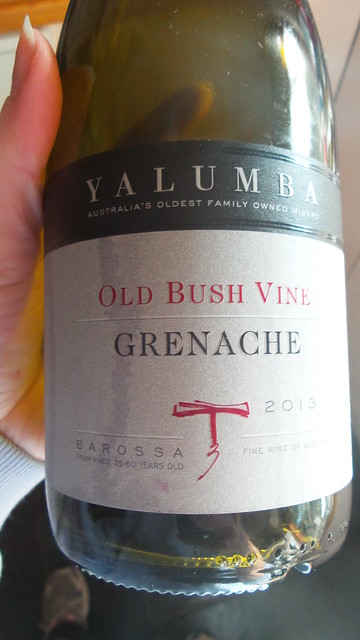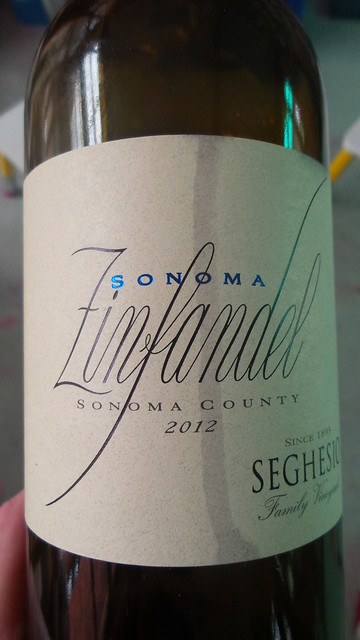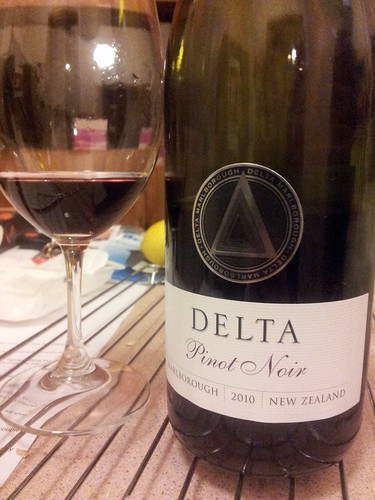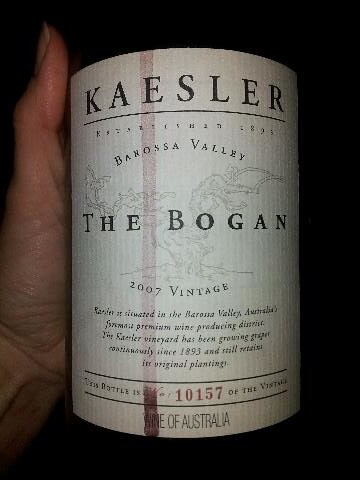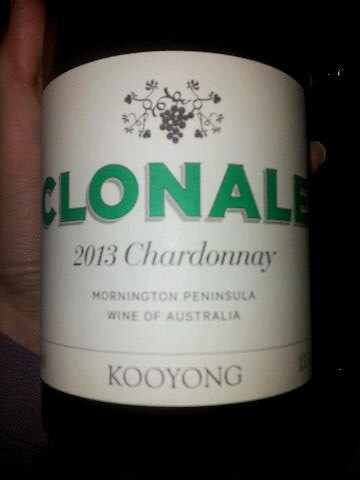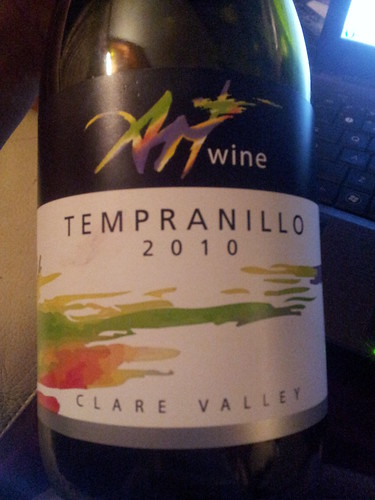As summer rolls around and the silly season kicks off I always ensure that I have a good stash of wine around the house that I can drink, share and take out and about with me without worrying about it. It might make me a bad person, but I’m not too hot on sharing my really good wine. I’ll usually crack something special on significant family occasions (only if it can be drunk before my rellies have worked their way through too many beers and reds!) but if I’m in a large group, I like to share good wine which over delivers for its price point.
I first came across Rhythm Stick Wines at least year’s (2014) Cellar Door Festival. I enjoyed the wines then and was going to buy some except that they weren’t accepting cards. I’m lucky if I have 20c on me at any one time so that was something of a deal breaker …
But when I was on the hunt for some bargain summer drinking – obviously Riesling was on my mind – and I saw that the Red Robin Clare Valley Riesling was available at Dan’s, I popped a bottle of it in my cart and placed my click & collect order.
I was really pleased when I picked it up to find that it was a 2012 Riesling. 2012 was a cracking year for Clare Valley Rieslings and it’s always good to come across one. Note to Dan’s though – really, you need to get your attitude towards vintage together – for ALL your wines. There’s a good chance I’ll buy more of this wine but no chance I’ll do it online through you since I can’t control what vintage I get. However, it’s very worth noting that you can buy direct from the producer …
My apologies for two Riesling posts back to back – however, at under $20 a bottle, this is more affordable and definitely in the every day drinking category (for those of us who can’t routinely splash $70 on a bottle of wine).
Pale gold in the glass – perhaps starting to show a little age and development.
The nose is pronounced with the distinctive rubber and kerosene characteristic that some Rieslings take on with age. There’s lemon and pineapple with a hint of both spice and flowers.
The palate is dry and citrussy with plenty of acidity and the wine shows off a really pleasant top note of honeysuckle. The wine has good length and texture. It’s very enjoyable to drink and provokes just enough thought. However, I’d avoid serving this too cold – I found that straight from the fridge the palate was a little narrow and fell short but the wine really opened up given some time out of the fridge.
As with almost all young(ish) Riesling, you need not be in a hurry to drink this.
This was purchased from Dan Murphys, $20 a bottle but you can purchase (vintage specific and even back vintage) wines direct from the winery.
Screw cap.
12.5% abv.
